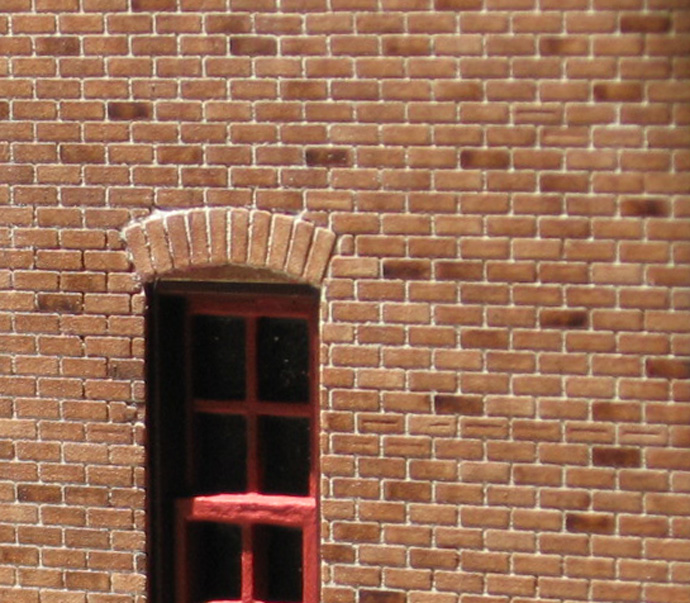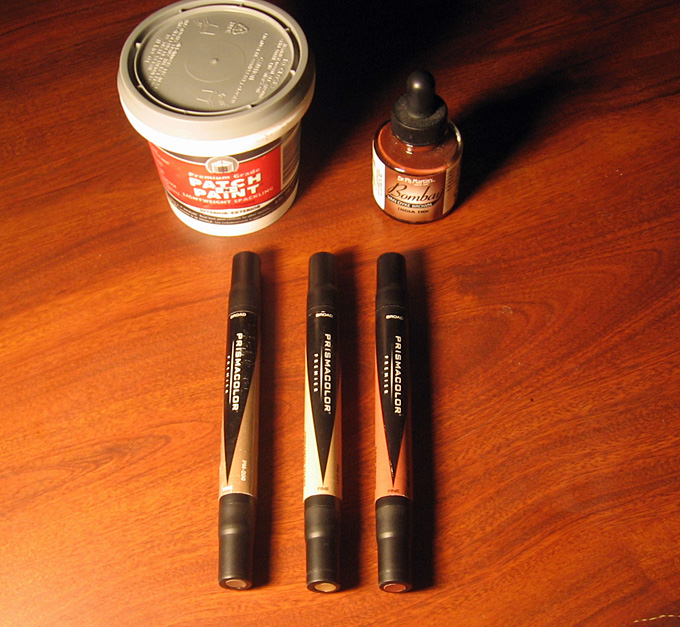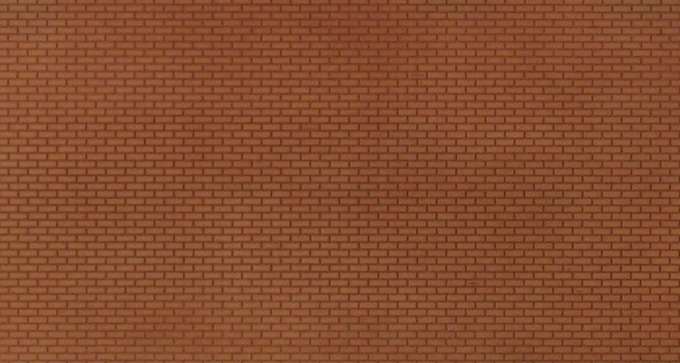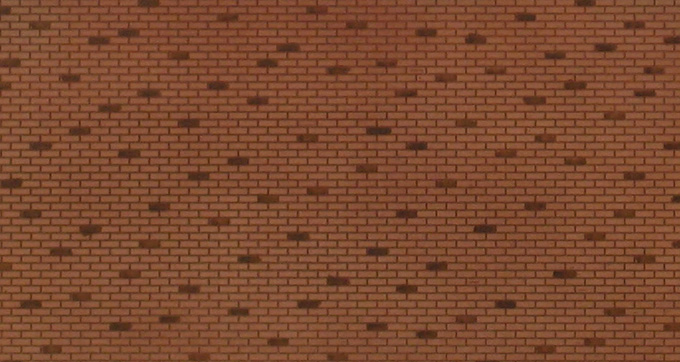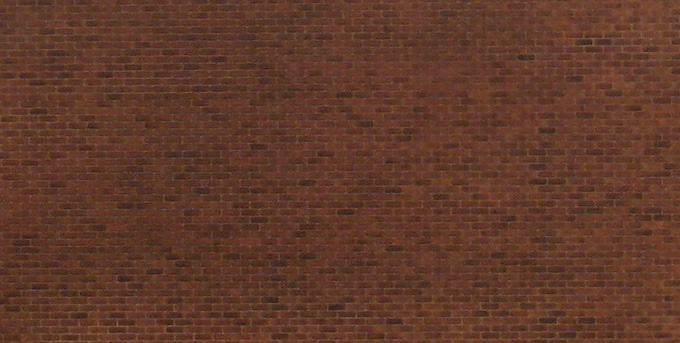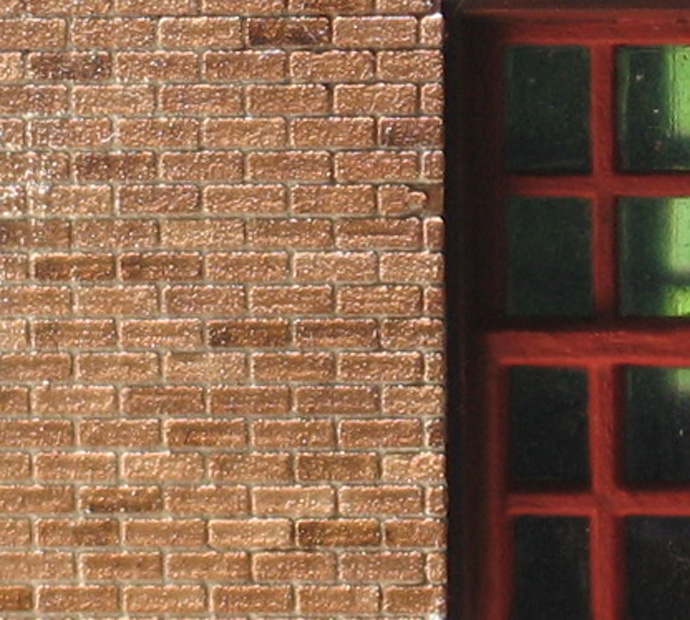
Like many three-railers, I work within a limited space and budget, so when Lionel came out with its Mikado Jr., I was immediately interested. Visually, it is clearly based on a USRA light Mikado:
The Lionel designers did a great job shrinking it down to operate on O-27 curves, keeping it well-detailed but also durable and easy to handle, much like the best locomotives from the postwar era. A few things about its appearance did bother me, in particular the front end looked a little plain. Most railroads that used the USRA light Mikes either put the headlight at the top of the smokebox and the bell farther back on the boiler (as did the PRR), or centered the headlight with the bell at the top, but here the centered headlight and boiler-mounted bell didn’t look right. Also, the pilot deck is a little spartan, and the coupler… well, it is not the most inspired part of the model. I decided that I could cheaply and easily made a few additions that would greatly enhance the model’s look.
First was the issue of the bell. Since I could clearly not relocate the headlight, I decided to go for a front-mounted bell arrangement. Lionel used a smokebox-mounted bell on the Union Pacific version from the initial release year, but all current versions use a boiler-mounted bell, so I purchased the UP boiler front. The downside to this approach is the wrong numbers are now on the engine’s front. Perhaps a better solution would be to use a bell from a detail parts source, and mount it by drilling a hole in the original smokebox front, but of course that would be a non-reversible alteration.
Once I got the new boiler front, I realized that a few more things about it could be improved: first, I painted the sides of the marker lights, the headlight, and the cast-in grab rail black. Clearly, the whole part was painted in graphite for economy, and the small amount of detail-painting really helped the appearance. Second, I figured that the headlight would look much nicer with a visor. The metal from a soup can would work perfectly for this purpose: it’s durable, the right thickness, and can easily be cut with a pair of shears. After making a trial visor out of thin cardboard, I traced its outline on the metal and trimmed. I found a screwdriver whose shaft was the same diameter as the headlight: it would serve perfectly as a mandrel. After I had the part trimmed and shaped to my satisfaction, I affixed it to the headlight housing (with lens temporarily removed) with Crazy Glue. After touching up the top with black paint, the part was ready to me mounted.
With the bell now up front, I had to remove the bell from the boiler top. Getting it out was the easy part: just a tap from below and it popped right out. Now, there was a hole left in the boiler top that would need to be filled it and painted. It was easy to fill it in with JB-Weld, but touching up the paint would be trickier. This model is painted in Brunswick green, so I would have to replicate that color. I mixed a very small amount of Testor’s green into black until I found the right hue, and applied the paint, but there was no way I could make it look even with the factory-applied paint. I found that if I waited until the paint was nearly dry, covered it with wax paper and then ran my fingernail over it, I could smooth it out to look halfway decent. In most lighting conditions it’s not even apparent:
Next, I wanted to add coupler lift-bar and grab iron detail that was missing from the pilot deck. For the coupler lift bar I ordered a part from Lionel’s Docksider, and for the grab iron I ordered stanchions from the Atlas 0-6-0 and connected them with a straightened paper clip! I took great care in drilling the holes for these stanchions (six in total), since they had to be perfectly positioned.
After the holes were drilled and cleaned I affixed the stanchions with Crazy Glue.
Although I decided to retain the shiny metal handrails along the boiler, I painted the pilot supports black (with Krylon semi-flat black). Finally, the pilot needed was a simulated air hose. Unable to locate a detail part, I shaped mine from an Easter egg dipper! The finished front end:
If I was more ambitious (and skilled), I would have cut off the simulated coupler and installed one with a more scale-like appearance. These are fairly easy to locate, so the project would take more skill and time than money.
One thing that has always bothered me about many 3-rail steamers is the position of the eccentric crank on the fireman’s side: it is often placed leaning back toward the cab (with rods down), with the other one leaning forward (the more usual position, and prototypical for this engine). I simply filed off the fingers that hold the crank into the driver, and held it in its new position as I re-tightened the screw.
To improve the somewhat flat appearance of the Brunswick Green paint, I rubbed it with WD-40 (avoiding the smokebox and firebox). Last, I added a non-operational back-up light on the tender deck, also from the Atlas 0-6-0. Its side numbers were printed on photo paper and glued into place. I’m sure some readers would be able to add illumination. Likewise, it might be nice to add rear marker lights.
Finally, a before-and-after comparison:
I hope that this project will encourage readers to take on similar projects of their own.







